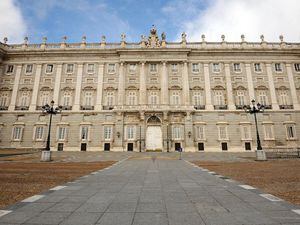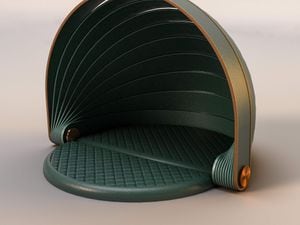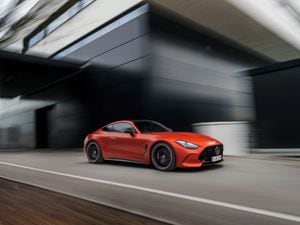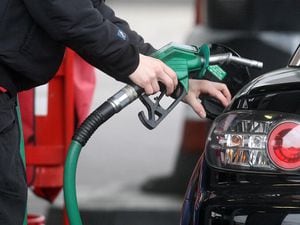Madrid introduces traffic restrictions for older petrol and diesel cars
Petrol cars registered before 2000 and diesels registered before 2006 will be banned from an area downtown

Madrid has introduced a new range of inner-city traffic restrictions, under a plan named Madrid Central.
The plan establishes a low-emission zone in the centre of the city, with a ban on petrol vehicles registered before 2000 and diesel vehicles registered before 2006 – unless they’re owned by residents.
Even cleaner vehicles won’t be let off scot-free. Modern petrol and diesel cars will only be allowed in to park in designated public parking lots or private garages, and hybrid and LPG vehicles will be limited to two hours of street parking. The only vehicles with no restrictions are those which produce zero tailpipe emissions – electric and hydrogen cars, in other words.
Exceptions will be made for drivers with reduced mobility, ambulances, and delivery vehicles, though these too will be subject to limitations. Taxi drivers will be given until 2022 to upgrade to a fully-electric vehicle.
Truck drivers have an especially complex system to follow – the oldest and most polluting lorries will only be allowed into the area between the hours of 7am and 1pm, while more modern examples will be allowed access until 9pm.
Reforms in downtown streets will further address the issue, giving priority to pedestrians and increasing pavement space by nearly 22,000 square metres in total.
The reforms have been put in place by the city council of Madrid’s mayor, Manuela Carmena. Her councillor for the environment, Inés Sabanés, told the Guardian: “Air quality has been breaching acceptable levels for 10 years and people in the city are being exposed to air that has clear effects on their health, especially those who are most vulnerable, such as children and older people.
“There’s research that shows clear links between pollution peaks and hospital admissions. It has a very clear effect on health – on the number of deaths and premature births.”
She also notes that of the 2m daily journeys made to the city centre, 1.2m are made on public transport – with just 230,000 made by car. “There’s a narrative around that the centre of Madrid is being shut down. But that’s not true. Lorry drivers, residents and their guests can enter the centre,” Sabanés added.





